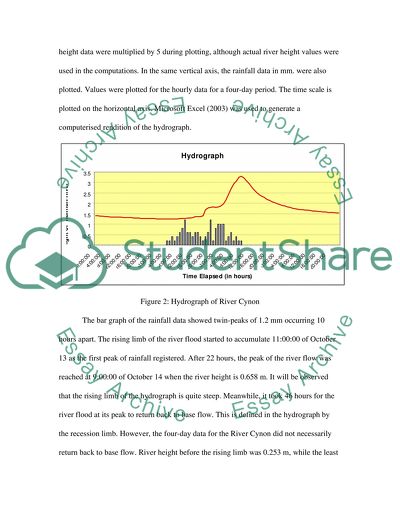Cite this document
(Cynon River Hydrograph Potential Case Study Example | Topics and Well Written Essays - 2000 words - 4, n.d.)
Cynon River Hydrograph Potential Case Study Example | Topics and Well Written Essays - 2000 words - 4. https://studentshare.org/design-technology/1553817-storm-drainage-design-project
Cynon River Hydrograph Potential Case Study Example | Topics and Well Written Essays - 2000 words - 4. https://studentshare.org/design-technology/1553817-storm-drainage-design-project
(Cynon River Hydrograph Potential Case Study Example | Topics and Well Written Essays - 2000 Words - 4)
Cynon River Hydrograph Potential Case Study Example | Topics and Well Written Essays - 2000 Words - 4. https://studentshare.org/design-technology/1553817-storm-drainage-design-project.
Cynon River Hydrograph Potential Case Study Example | Topics and Well Written Essays - 2000 Words - 4. https://studentshare.org/design-technology/1553817-storm-drainage-design-project.
“Cynon River Hydrograph Potential Case Study Example | Topics and Well Written Essays - 2000 Words - 4”. https://studentshare.org/design-technology/1553817-storm-drainage-design-project.


